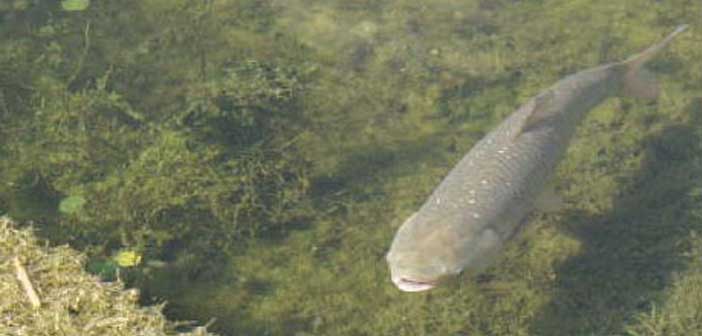LONDON—The Honourable Gail Shea, Minister of Fisheries and Oceans, joined by MPs Dave Van Kesteren, Pat Davidson, Bev Shipley and Joe Preston, announced last week a significant step in safeguarding Canada’s waterways from the spread of aquatic invasive species.
The proposed Aquatic Invasive Species Regulations would provide a national regulatory framework to help prevent intentional and unintentional introductions of aquatic invasive species in Canada from other countries, across provincial and territorial borders, and between ecosystems within a region. It would also provide measures to facilitate response and control activities. For example, these regulations would give Canadian Border Services Agency officers the ability to enforce prohibitions against import at the Canadian border.
Fisheries and Oceans Canada developed the proposed regulations in consultation with federal, provincial and territorial governments, with a common goal aimed at addressing the threat of aquatic invasive species and protecting the economic well-being of Canadian waters.
The proposed Aquatic Invasive Species Regulations will be published on December 6, 2014 in the Canada Gazette, Part I, for a 30-day public comment period.
Species impacted by these proposed regulations include Asian carp (four species), zebra and quagga mussels as well as sea lamprey. The regulations will also include a list of species that are not prohibited in specific geographic regions but for which control activities may be undertaken. Initial list includes tunicates, green crab, and species such as smallmouth bass and walleye, which are native to some parts of Canada but are considered invasive elsewhere.
The Government of Canada has also invested $17.5 million over five years (2012-2017) to address key activities related to prevention, early warning, response, and management and control designed to prevent the introduction and establishment of Asian carp in the Great Lakes. Included in these efforts is the opening of a new Asian carp laboratory in Burlington.
Since 2006, no aquatic invasive species attributed to vessel ballast water discharge have been found in the Great Lakes. This is due to strict enforcement of science-based ballast management regulations through a joint bi-national inspection program.
“Our Government is committed to protecting our recreational and commercial fishing industries by keeping our waterways safe from invasive species,” Minister Shea said in a press release. “Since 2006, we have invested in science, prevention, early warning, rapid response and management and control. We must remain vigilant in these efforts, and our proposed new regulations under the Fisheries Act will bolster our ability to fight the entry and establishment of aquatic invasive species and give those stewards of our fish and fish habitats more ammunition in that fight.”
“The Great Lakes support commercial and recreational fishing and shaped communities,” the minister continued. “Our government is committed to prevent and mitigate the damage caused by invasive species such as sea lamprey, zebra mussels and Asian carp into Canadian waters. Our proposed regulations include measures to ensure rapid response capabilities to effectively manage aquatic invasive species. The Canadian Border Services Agency, under these new regulations, will have the authority to stop aquatic vessels at the border to check for invasive species.”




